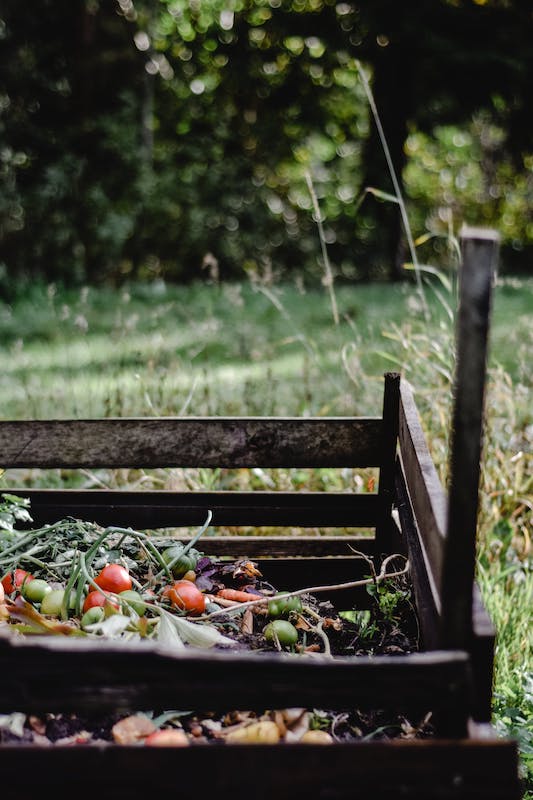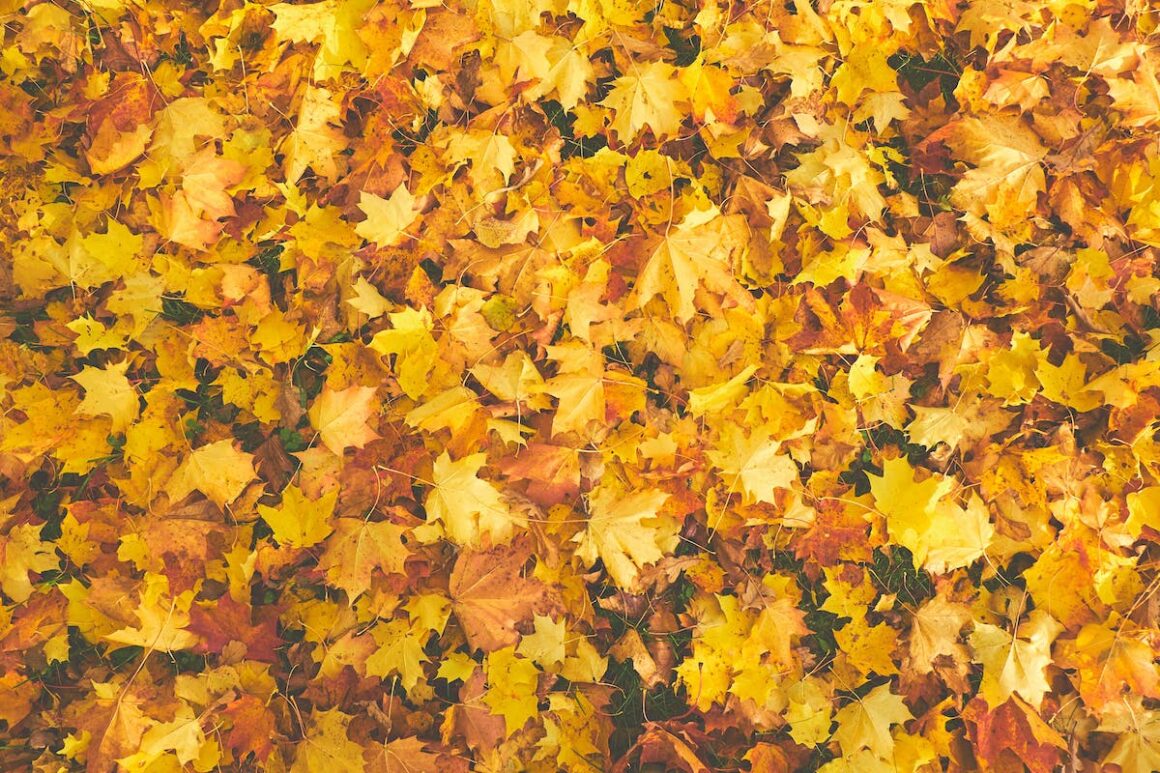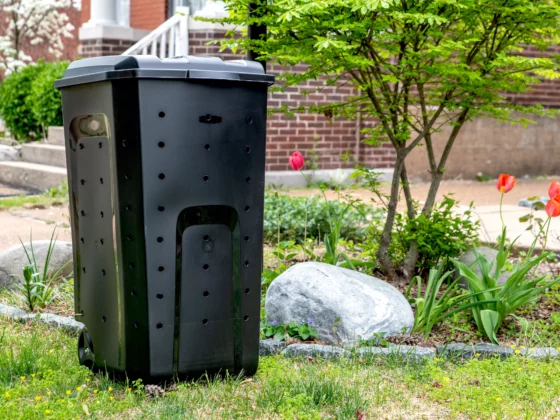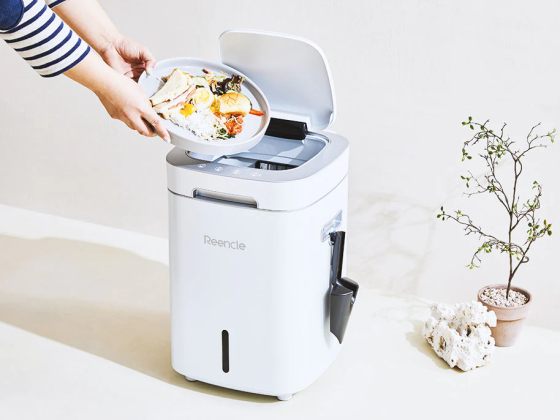Composting is a magical alchemy that transforms kitchen scraps and yard waste into nutrient-rich, earthy goodness for your garden. As we delve into the world of composting, it’s fascinating to discover the various types of compost and the unique benefits each brings to the soil. Let’s embark on a journey through the Compost Chronicles to explore the diversity of organic gold.
1. Traditional Backyard Compost: The Gold Standard

Overview: The classic backyard compost pile is a dynamic mix of “green” nitrogen-rich materials (like kitchen scraps and fresh yard waste) and “brown” carbon-rich materials (such as dry leaves and straw). This traditional approach promotes a balanced carbon-to-nitrogen ratio, fostering the growth of beneficial microorganisms responsible for breaking down organic matter into humus.
Benefits:
- Rich in essential nutrients.
- Enhances soil structure and fertility.
- Improves water retention and drainage.
2. Vermicomposting: Worms at Work

Overview: Vermicomposting involves the use of earthworms to break down organic matter into nutrient-rich castings, often referred to as worm compost. Worm bins, either purchased or homemade, provide a controlled environment where red worms (Eisenia fetida) thrive on kitchen scraps, producing nutrient-dense vermicompost.
Benefits:
- High in beneficial microorganisms.
- Ideal for small spaces and indoor composting.
- Acts as a potent, slow-release fertilizer.
3. Bokashi Composting: Fermenting Magic
Overview: Originating from Japan, Bokashi composting is a unique method that relies on fermentation rather than decomposition. Food scraps are layered with a Bokashi bran inoculated with beneficial microorganisms, initiating the fermentation process. Once the bucket is filled, the pre-compost can be buried or added to a traditional compost pile.
Benefits:
- Suitable for all types of kitchen waste, including meat and dairy.
- Faster breakdown of organic matter.
- Minimal odor compared to traditional composting.
4. Leaf Mold: Nature’s Blanket

Overview: Leaf mold is a form of compost created by decomposing leaves. It is a slow but valuable process that results in a dark, crumbly substance. Unlike traditional compost, leaf mold has a higher carbon-to-nitrogen ratio, making it an excellent soil conditioner and mulch.
Benefits:
- Enhances soil structure.
- Improves water retention.
- Acts as a natural weed suppressant.
5. Green Manure Cover Crops: Feeding the Soil

Overview: Green manure involves planting cover crops like clover, vetch, or rye in your garden, which are later incorporated into the soil. As these plants decompose, they release nutrients into the soil, improving its fertility.
Benefits:
- Adds organic matter to the soil.
- Suppresses weeds.
- Increases soil nitrogen levels.
6. Coffee Ground Compost: Wake Up Your Garden
Overview: Coffee grounds, a byproduct of your morning brew, are an excellent addition to compost. They are nitrogen-rich and add an infusion of acidity to the mix, making them especially beneficial for plants that thrive in slightly acidic soils.
Benefits:
- Adds nitrogen to the compost.
- Acts as a natural pest deterrent.
- Recycles a common kitchen waste product.
Conclusion: Crafting Your Composting Symphony
Composting is not a one-size-fits-all endeavor; it’s a symphony of different methods and materials working together to create a harmonious blend of nutrients for your garden. Whether you opt for traditional composting, embrace the wriggly wonders of vermicomposting, or experiment with the fermented flair of Bokashi, each composting method contributes to a healthier, more vibrant garden. So, roll up your sleeves, gather your kitchen scraps, and let the composting adventure begin! Your garden—and the planet—will thank you for it. Happy composting!






1 comment
What kind of kitchen/table scrap’s can you put in the Reencle?